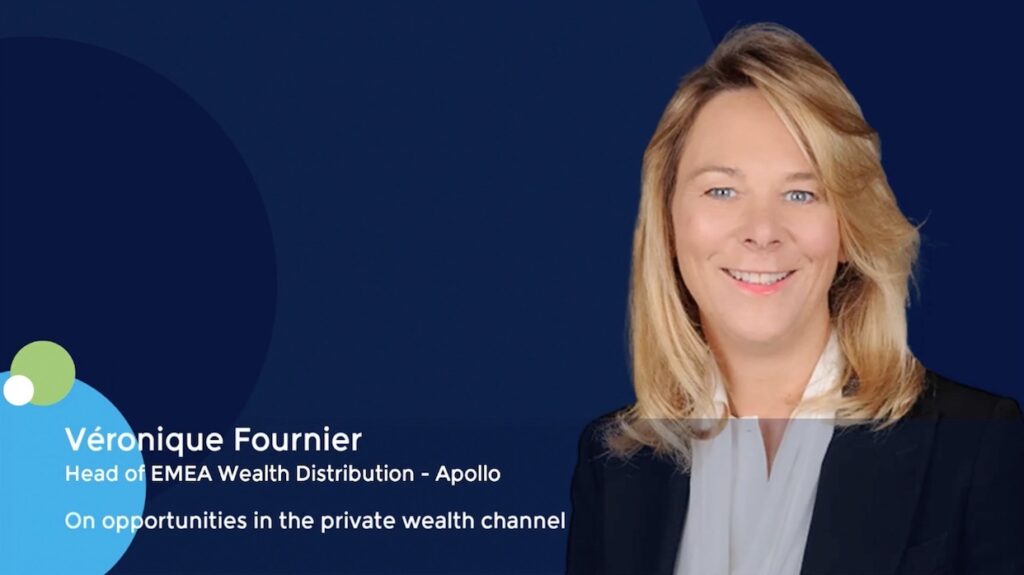Adam Gallistel, Co-CEO and CIO of CBRE Investment Management, on trends in real estate investments
In a recent ION Influencers Fireside Chats, Adam Gallistel, Co-Chief Executive Officer and Chief Investment Officer at CBRE Investment Management (CBRE IM), to discuss global real estate investing, market resets, and the future of the asset class.
CBRE IM is a USD 150 billion global asset manager, part of CBRE, with a presence across real estate and infrastructure in both public and private markets. Gallistel, who joined CBRE IM in 2024 after more than a decade at GIC, the Singapore sovereign wealth fund, shared his perspective on opportunities, risks, and how to position portfolios in today’s challenging but evolving landscape.
Key Topics Discussed
1. Real Estate Market Outlook
-
The last three years have been challenging for real estate compared to technology and growth equities.
-
Infrastructure has held up better and rewarded investors during this period.
-
Despite recent struggles, Gallistel is optimistic about the next cycle, citing:
-
Valuation resets globally.
-
Discounts to replacement cost creating attractive entry points.
-
Slowing supply pipelines, improving future pricing power.
-
2. Europe vs. U.S. Real Estate
-
While opportunities exist globally, Gallistel highlighted Europe as particularly compelling right now:
-
Larger valuation declines than in the U.S. (25% vs. 20% peak-to-trough).
-
Less capital chasing deals—U.S. CRE attracts ~4.3x more capital relative to market size.
-
Attractive spreads to risk-free rates, closer to historical norms than in the U.S.
-
Better growth outlook in occupier markets, supported by limited new supply.
-
-
U.S. remains the most liquid and least regulated market, with strong execution advantages.
3. Pockets of Value in the U.S.
-
Essential retail/strip malls stand out:
-
Reasonable cap rates aligned with financing.
-
Best supply-demand dynamics in 20 years.
-
Rents have reset post “retail apocalypse” and COVID, giving landlords pricing power.
-
4. Building Teams for Global Investing
-
“Boots on the ground” remain essential in Europe due to fragmented markets, languages, and regulations.
-
CBRE IM maintains multiple offices across the continent.
-
Hiring emphasizes:
-
Forecasting skills (statistical thinking, adaptability).
-
Deal-making ability (persistence, grit, and empathy).
-
A balance of numerical rigor and people skills.
-
5. Separating Signal from Noise
-
Gallistel stressed focusing on long-term fundamentals over day-to-day macro headlines.
-
Teams assume fixed-income markets are broadly correct on risk-free rates, then build risk premia on top.
-
Core focus: rule of law, economic stability, and conditions for long-term growth.
6. Role of Data and Insights
-
Data collection is improving, but so far has produced few counterintuitive insights.
-
The goal is to reach a point where systematic data gathering surfaces unexpected opportunities beyond what traditional analysis reveals.
7. Secondary Markets in Real Estate
-
LP secondaries remain underdeveloped in real estate compared to private equity.
-
GP secondaries are growing due to capital raising challenges.
-
Provide liquidity for LPs and sustainability for managers.
-
Require careful governance to protect investors during exits.
-
8. Democratization of Real Estate Investing
-
Retail capital is a major growth frontier, supported by regulatory changes (e.g., 401(k) access in the U.S.).
-
Institutional allocations to real assets are already near targets, but retail penetration is minimal.
-
Challenge: retail tends to be procyclical, with inflows strongest at market peaks.
-
CBRE IM is taking a measured approach, balancing opportunity with fiduciary responsibility.
9. Future of Real Estate Asset Management
-
Consolidation of the middle market is accelerating, with larger firms gaining share.
-
Investors are demanding both capital allocation expertise and operational excellence.
-
The industry is moving toward scale, integration, and deeper property-level capabilities.
10. The CIO Role of the Future
-
Gallistel sees his role as building and empowering a strong bench of talent, with the long-term goal of making himself redundant by developing the next generation of leaders.
Key Takeaways
-
Real estate investing is emerging from a difficult period but presents attractive opportunities due to valuation resets and supply constraints.
-
Europe currently offers stronger relative value than the U.S., though execution is more complex.
-
In the U.S., essential retail stands out as a sector with compelling fundamentals.
-
Data, democratization, and consolidation will shape the industry’s evolution over the next decade.
-
Successful leadership in real estate requires balancing long-term vision, adaptability, and people-centric deal-making.
Key timestamps:
00:07 Introduction to the Fireside Chat
00:39 Understanding CBRE Investment Management
01:42 Current State of Real Estate Investments
03:19 Market Positioning Strategies
07:11 Regulatory Environment Comparison: US vs Europe
08:41 Identifying Value in the US Market
09:53 Building a Diverse Team for European Markets
12:27 Key Skills for Real Estate Professionals
13:08 Distinguishing Noise from Systemic Trends
15:05 Insights from Data Collection Efforts
16:31 Exploring the Secondary Market in Real Estate
17:25 Challenges in GP Secondaries
18:56 The Shift Towards Private Wealth
20:20 Navigating Retail Capital Challenges
21:55 Future of Asset Management in Real Estate
23:02 The Evolving Role of CIO












